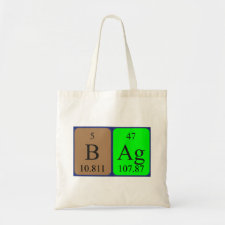
Authors: Ghani NTA, Abdulla H, Rizk MS, Dena ASA, El Nashar RM
Article Title: Molecularly imprinted polymer/reduced graphene oxide-based carbon-paste sensor for highly sensitive determination of the anti-HCV drug daclatasvir dihydrochloride.
Publication date: 2019
Journal: Sensors and Actuators B: Chemical
Volume: 283
Page numbers: 6-17.
DOI: 10.1016/j.snb.2018.11.158
Alternative URL: https://www.sciencedirect.com/science/article/pii/S0925400518321142
Abstract: The recent discovery of the novel viral RNA-dependent RNA polymerases for treatment of HCV opened the doors for the development of a large number of anti-HCV drugs which require a concurrent development of sensitive analytical methods for their quality-control and analysis. In this work, we report the first molecularly imprinted polymer-based electrochemical sensor for the determination of the anti-HCV drug, daclatasvir dihydrochloride (DCT). Since liver patients require continuous medical follow up during the period of their treatment, it is very necessary to develop a simple and fast method for monitoring the DCT concentration in the patient's biological fluids. In addition, quality control laboratories are in an urgent need for various rapid analytical methods for such a novel drug. The sensor is based on the modification of the traditional carbon-paste sensor with molecularly imprinted methacrylic acid, cross linked with ethylene glycol dimethacrylate, as a selective adsorbent for DCT, and reduced graphene oxide (RGO) as a sensitizer. The Hartree-Fock method of calculation was used to optimize the template/functional monomer ratios so as to avoid trial-and-error experimental synthesis procedures and to give information about the binding of the template to the functional monomer. The sensor was fully characterized with the aid of cyclic voltammetry, FTIR analysis and scanning electron microscopy (SEM). After optimization of the analytical parameters, the sensor was found to work efficiently at pH 2.5 (Britton Robinson buffer) and a scan rate of 500 mV/s. The sensor showed a good linearity over the concentration range of 40.6 pg/mL to 812 μg/mL with a correlation coefficient of 0.9881. The detection and quantification limits were found to be 12.2 and 40.2 pg/mL, respectively. The proposed sensor was applied for the determination of DCT in bulk solution, pharmaceutical formulation and human urine and plasma samples and excellent recovery values ranging from 99.48 to 103.70% were obtained indicating the accuracy of the proposed sensor
Template and target information: daclatasvir, DCT
Author keywords: molecular imprinting, Anti-HCV, voltammetric sensor, Daclatasvir, methacrylic acid, Hartree-Fock



Join the Society for Molecular Imprinting

New items RSS feed
Sign-up for e-mail updates:
Choose between receiving an occasional newsletter or more frequent e-mail alerts.
Click here to go to the sign-up page.
Is your name elemental or peptidic? Enter your name and find out by clicking either of the buttons below!
Other products you may like:
 MIPdatabase
MIPdatabase









